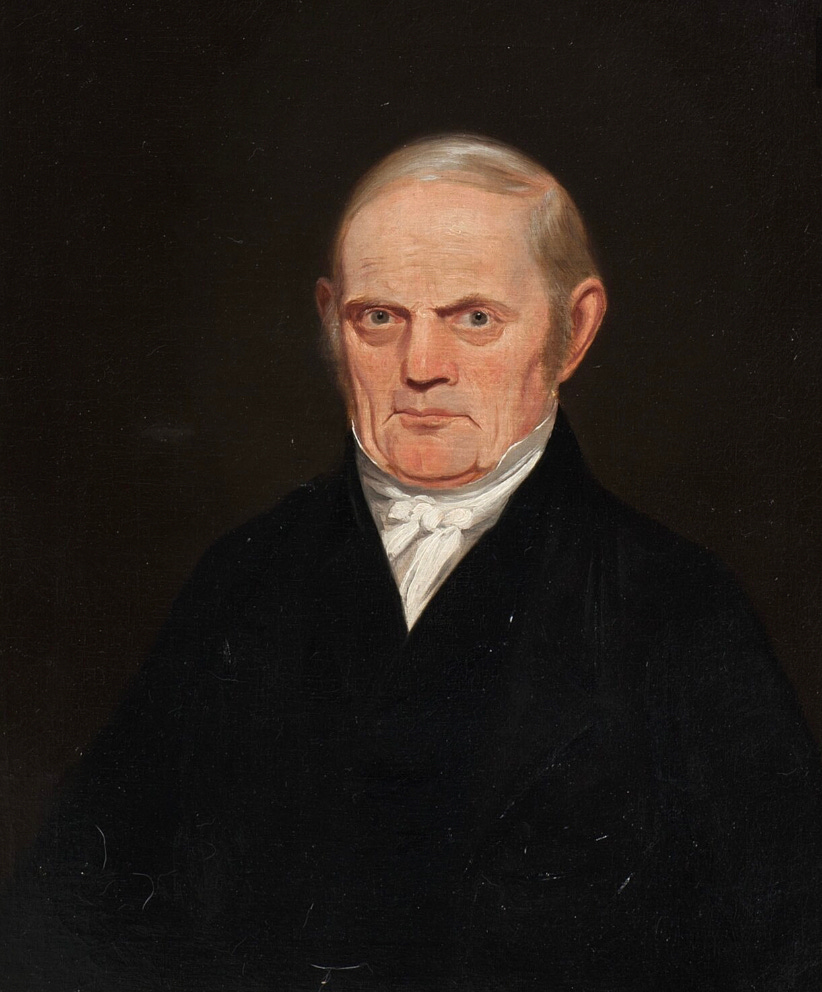Robert S. Duncanson: The Extraordinary Life of An African-American Landscape Painter
One of the great legacies of American Art History lies in its rich heritage of landscape painting through movements like the Hudson River School, Luminism, Tonalism, and Precisionism. Unfortunately, as with much of American history, there has been a systemic erasure, neglect, and overlooking of the scores of artists of color who contributed to the country’s artistic output. The recent diversification of the Art History canon has helped to shed light on these previously ignored artists.
In particular, the last few years have witnessed a renewed interest in a 19th Century landscape painter who enjoyed considerable renown within his own lifetime, Robert S. Duncanson (1821 - 1872). As an African-American artist who actively produced paintings during extreme racial strife in the decades before and after the Civil War, he was a self-taught painter from humble origins who paved the way for himself as a prolific artist on both sides of the Atlantic. Originally a still life and portrait painter, Duncanson eventually pursued landscape painting and was one of the earliest American artists to elevate landscape as a respected genre of painting.
Born in Fayette, New York in 1821 to freed slaves from Virginia, Duncanson spent much of his early life in Monroe, Michigan. It is believed that Duncanson’s earliest exposure to artistic training began when he worked for his father’s house painting business alongside his brothers. Proving himself to be the most skilled of his siblings, Duncanson opened his own house painting business in 1838 at 17 years old and advertised his trade in the local newspaper The Monroe Gazette. This constant engagement with painting compelled the young Duncanson to become a fine artist. He embarked on his self-taught training by copying print reproductions of still life and portrait paintings by European Old Masters (an ages-old training method associated with luminaries like the Dutch Baroque painter Peter Paul Rubens).

Robert S. Duncanson, Still Life, 1849, oil on canvas.
Ambitious to establish his name as a professional artist, Duncanson left Monroe around 1840 and moved to Cincinnati, Ohio. The city was known for its high population of free African Americans and for its burgeoning arts & culture scene, to which it earned the moniker of “Athens of the West.” For the first years of his Ohio residency, Duncanson produced still life and portrait paintings to make ends meet and to cement his reputation among potential clients.
Robert S. Duncanson, Cliff Mine, Lake Superior, 1848, oil on canvas.
In 1848, he received his first major commission from the abolitionist Charles Avery who requested Duncanson to create a landscape painting. The result of this transaction was Duncanson’s Cliff Mine, Lake Superior (1848), a depiction of America’s then-largest copper mine. The success of the painting is owed to its three-tiered examination of the Midwestern landscape and the relationship between wilderness and civilization. Remains of chopped tree stumps and barely standing trees occupy the foreground. Further inwards, buildings representative of the mining industry cover the middleground. The brown, dirtied earth in this section is indicative of the cleared land that has now been repurposed for industrial use. The background is the most monumental component of the scene for the enormous mountainside’s rough, jagged surface topped with rows of trees. Any view beyond the forest is imperceptible given the likelihood that unsettled woodland extends for miles, undisturbed by encroaching settlers.
Avery’s satisfaction with Duncanson’s Cliff Mine, Lake Superior swiftly established him as an emerging professional artist, particularly among the anti-slavery community. One of Duncanson’s next major commissions came from the wealthy banker and winemaker Nicholas Longworth, who was also a noted anti-slavery activist. Longworth commissioned Duncanson to produce eight landscape murals for his Belmont mansion in Cincinnati. The murals are idealized, pastoral vistas abounding with mighty trees, calming lakes, and sunswept farmland. Additionally, this is Duncanson’s earliest employment of the trompe l’oeil technique as seen in the illusionistic hanging scrolls that surround each mural.
Robert S. Duncanson, Duncanson Mural, c. 1850 - 1852, Taft Museum of Art.
As he continued to refine his landscape style, Duncanson developed an interest in the works of the East Coast-based Hudson River School painters for their Romantic visions of the American landscape and for their emphasis on lightened tonality and sweeping panoramic views; Thomas Cole and Frederic Edwin Church were the artists who had the most lasting impression on Duncanson’s style.
1853 was one of the most important years of Duncanson’s career as he embarked on a grand tour through Europe that was funded by his Cincinnati art patrons. In the 18th and 19th Centuries, the grand tour was the creme de la creme of formal art training as it entailed trips across the European continent to study the art of the Old Masters and to obtain inspiration from the architecture and scenery that defined these lands. Such an opportunity was always exclusively reserved for white, wealthy, male artists on either side of the Atlantic; Duncanson is the first African-American artist to have participated in this momentous occasion. His sojourn through the British Isles, France, Italy, and Germany only foreshadowed the impending success he was to achieve later in his career.
The mythologized landscape paintings of the French artist Claude Lorrain (1600 - 1682) and the Italian landscape were particularly influential for Duncanson. Lorrain’s classically ordered composition and mastery of atmospheric perspective deeply informed Duncanson’s approach to spatiality and proportionality.
Claude Lorrain, Landscape with Aeneas at Delos, 1672, oil on canvas.








